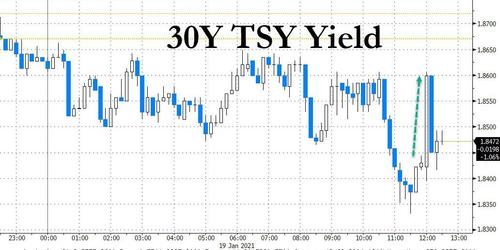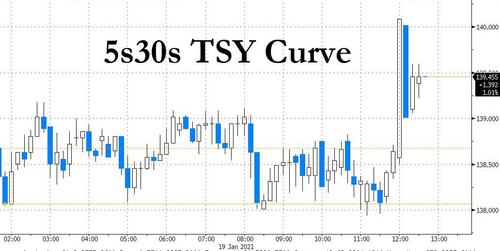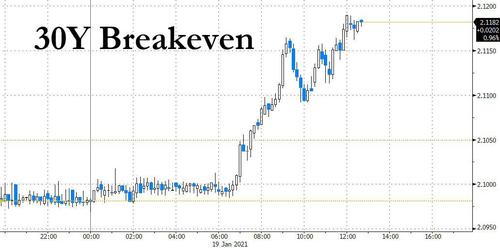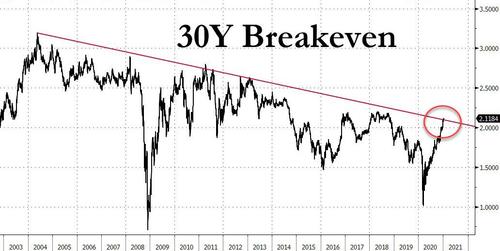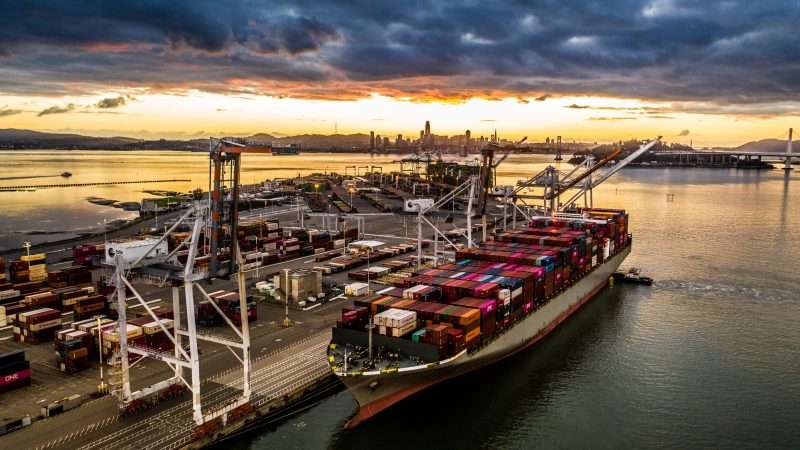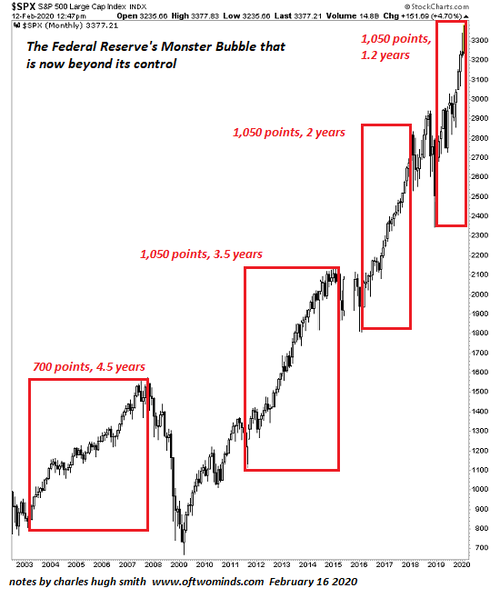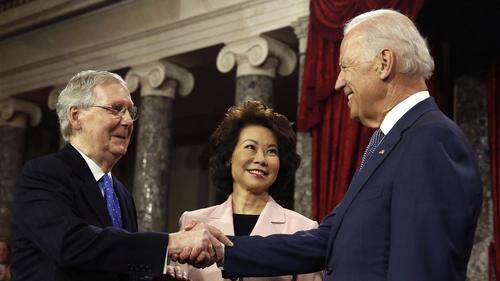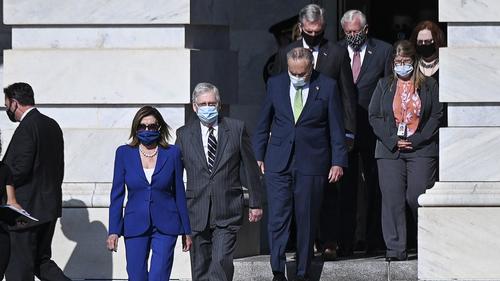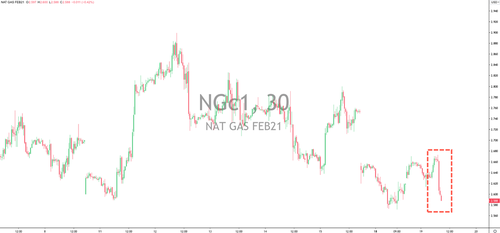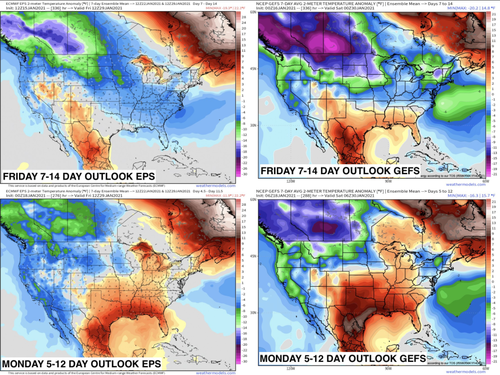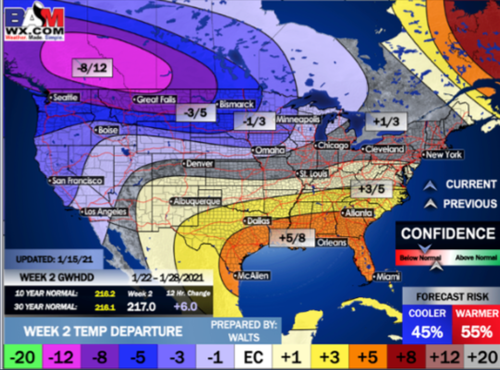President Donald Trump’s declaration on March 2, 2018, that a trade war with China would be “good and easy to win” remains one of the defining moments of his four years in the White House.
That’s only because of how wrong the claim turned out to be. It deserves to live on in infamy alongside George W. Bush’s “mission accomplished” speech and Barack Obama’s “if you like your doctor, you can keep your doctor” promise. Like those, it oversold a complex, messy policy as simple and straightforward. Trump naturally took that presidential hubris to another level, and he paired it with unprecedented policy naivety. If winning a trade war were as simple as tweeting victory into existence with fake statistics, faulty economics, and the veneer of toughness, Trump likely would have succeeded. Unfortunately, that didn’t work.
As he leaves office on Wednesday, Trump deserves some credit for reorienting America’s economic and foreign policies to recognize the threat posed by the Chinese Communist Party to freedom around the world. But his approach—which amounted to little more than levying higher taxes on $460 billion of imports and forcing Americans to foot the bill—was an abject failure. Here are five reasons why Trump lost his trade war.
Misunderstanding How Tariffs Work
Tariffs are taxes applied to goods imported into the United States. This is a simple, basic fact, and it has not been altered by nearly three years of Trump administration efforts to redefine how tariffs work or who pays for them.
Trump has been enamored by the potential use of tariffs to reshape the global economy for decades but he’s apparently never bothered to learn much about how they work. In Trump’s mind, the tariffs were all about creating leverage—making it more expensive to import goods from China, for example, should make China more willing to negotiate on other economic issues. That’s not entirely wrong, but it ignores the self-inflicted wounds caused by Trump’s tariffs, which drained an estimated $57 billion annually out of the U.S. economy in the form of higher consumer costs while simultaneously making it more difficult for businesses to expand.
Trump’s ignorance about tariffs was translated into official administration policy—which is how we got embarrassing moments like this incredible attempt by Treasury Secretary Steve Mnuchin to ignore reality:
Listening to the Wrong Advisers
Before moving ahead with tariffs on Chinese imports in the summer of 2018, the Office of the U.S. Trade Representative held a series of hearings in which businesses that would be affected by the new import taxes could be heard. The weeklong affair was probably the most depressing scene of the entire trade war: Hundreds of business owners marched one by one before a committee of bureaucrats, each given five minutes to make their case.
Most of them delivered the same message: Tariffs wouldn’t meaningfully impact China’s exports but would place an undue burden on American businesses that import finished or component parts from China. Even business owners who were philosophically supportive of Trump’s decision to confront China said they disagreed with the administration’s tariff-based tactics.
Instead of listening to the businesses that would be on the front lines of the trade war, Trump appointed Peter Navarro, a failed progressive politician from California with no business experience, to oversee his trade policies. Navarro supplied plenty of anti-China bluster in TV appearances that surely satisfied the cable news–addicted president, but he provided little serious economic insight to an administration desperately in need of some.
Assuming Retaliation Wouldn’t Happen
The quality of Navarro’s economic analysis should have been apparent from the very start of the trade war. On the same day that Trump fired off his infamous “good and easy to win” tweet, Navarro appeared on Fox Business Network to issue an equally comical prediction: “I don’t believe any country is going to retaliate for the simple reason that we are the most lucrative and biggest market in the world,” Navarro said. “They know they’re cheating us, and all we’re doing is standing up for ourselves.”
China, of course, did retaliate. It drastically reduced agricultural imports from the United States. In 2017, the last year before the trade war began, China imported more than $19 billion in American farm goods, which fell to $9 billion in 2018 and rebounded weakly to $13 billion in 2019. Exports to other countries have been unable to make up the difference, leaving American farmers in the lurch.
The Trump administration responded by spending more than $28 billion in new farm subsidies to mitigate the totally predictable mess it made. By the end of 2020, federal payments accounted for one-third of all American farm income—as Trump’s trade war bailout was piled atop existing subsidies. Rolling back those payments will be politically difficult for future administrations, so they might be here to stay.
Angering Allies Instead of Working With Them
During his first week in office, Trump signed an executive order withdrawing the United States from the Trans-Pacific Partnership (TPP), a proposed 12-nation trade agreement that was a work-in-progress holdover from the Obama administration. In 2018, Trump launched his trade war by nonsensically declaring that steel and aluminum imports from places like Canada and Europe were somehow threats to U.S. national security.
All of that made a difficult confrontation with China more complicated than it otherwise would have been. A go-it-alone strategy was meant to project America’s toughness but a multilateral approach that lowered tariffs on imports from countries that compete with China would have been more effective.
Ironically, Trump also left America less capable of standing up to China in other ways—the president was reportedly hesitant to condemn China’s takeover of Hong Kong and was unwilling to speak out against China’s abuse of Uighurs because doing so might hurt trade negotiations.
Failing To Use Appropriate Metrics To Determine Success
From the start, Trump and his top trade advisers have used a single statistic as their guiding star for the trade war: America’s trade deficit. Like with tariffs, Trump seems to misunderstand the basic economics that drive trade surpluses and deficits—the difference between the value of goods imported from and exported to the rest of the world.
But if the trade deficit is how the president wants to be judged, so be it. America’s trade deficit was $49 billion in March 2018, the month Trump announced his trade war.
In November 2020, the most recent month for which full data is available, the trade deficit was $68 billion—just slightly down from a 14-year record high set in August of last year.
By Trump’s chosen metric, his trade policies have failed.
By other metrics, they don’t look too good either. American manufacturing—one of the sectors that was supposed to benefit—had fallen into a recession even before the COVID-19 pandemic hit. Meanwhile, Trump’s “Phase One” trade deal with China was little more than a limited attempt at repairing some of the trade war’s damage. China doesn’t seem to be respecting the deal anyway. Besides, there won’t be a second phase.
Lastly, it’s worth considering that the trade war was always more about domestic politics than anything else. Having won the White House on a promise to overturn the conventional wisdom about the value of the free exchange of goods and people across international borders, Trump’s confrontation with China was always at least partially a way to signal to the Trumpist base that their man was fighting—even if they were collateral damage—and deserved a second term.
Chalk that up to a failure, too.

from Latest – Reason.com https://ift.tt/39PHynw
via IFTTT

